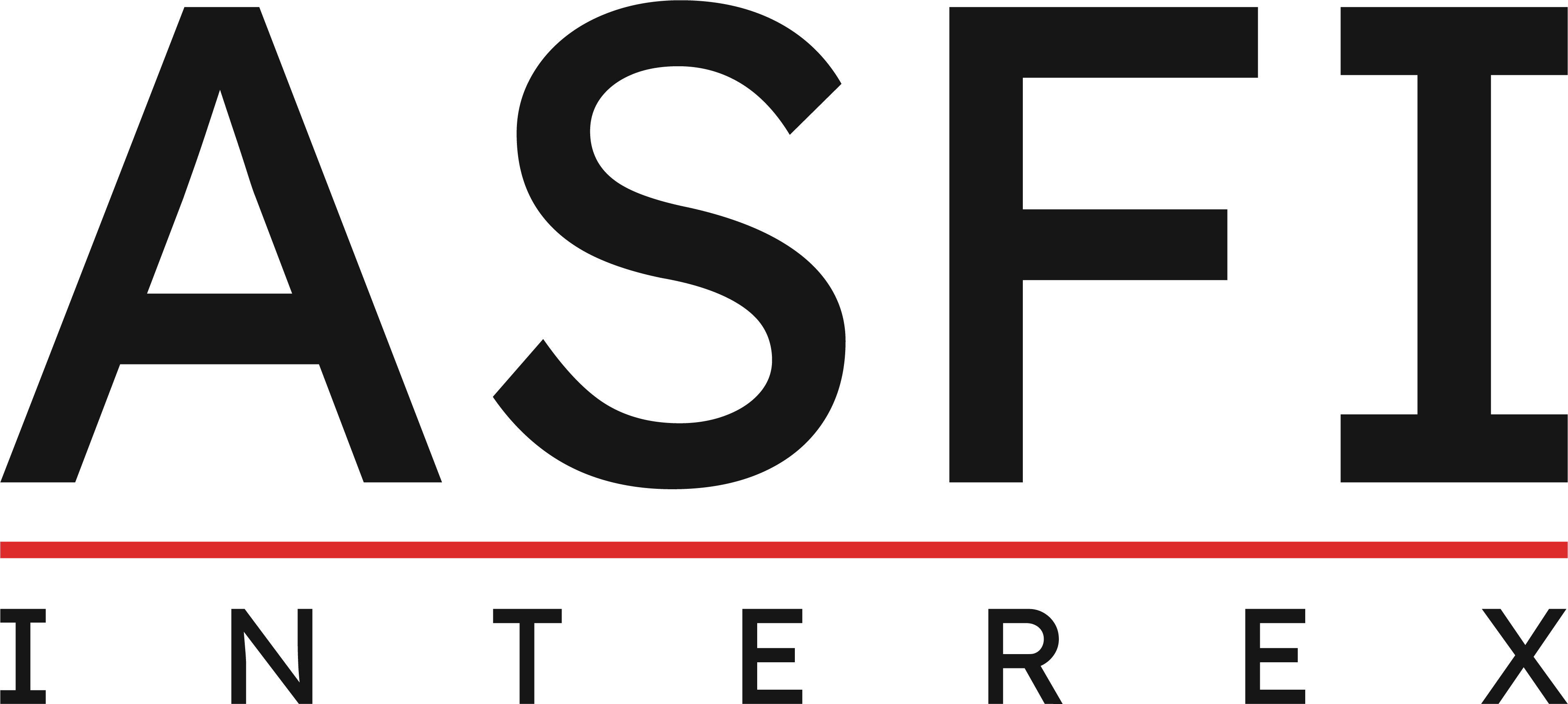Importance of the Australian DollarThe central bank in Australia is called the Reserve Bank of Australia. As the 5th most traded currency in the world, the Australian dollar is also referred to as buck, dough, or the Aussie. The Australian Dollar is known as a commodity currency due to its substantial raw material exports. As a result, the AUD is affected by China and other Asian import markets. Due to its relatively high interest rates, the Australian Dollar is often used in carry trades with the Japanese Yen. A carry trade is a how to invest in cannabis stocks right now strategy in which a currency with low interest rate is sold in order to buy a currency with a higher interest rate.
The Australian dollar exchange rate has seen notable fluctuations since 1983, when it was floated. Previously, Australia lived with a fixed exchange rate to the British pound and the US dollar.Starting in 1983 at 0.77 US dollars, the Australian dollar depreciated to 0.47 in April 2001, the lowest value for four decades. The highest AUD/USD exchange rate recorded was reached in July 2011, when the Australian dollar rose to 1.11. Banks often advertise free or low-cost transfers, but add a hidden markup to the exchange rate. Wise gives you the real, mid-market, exchange rate, so you can make huge savings on your international money transfers.
Liability limited by a scheme approved under Professional Standards Legislation. Please see About Deloitte to learn more about our global network of member firms. Donald Trump has proposed a universal tariff of 20% on all imports into the US, and a tariff of at least 60% on goods imported from China. If implemented as proposed, the average US tariff rate will increase sharply (see Chart 1).
Canadian dollar
Trump has also proposed extending corporate and individual tax cuts due to expire in 2025, alongside further cuts for US manufacturers. Tax cuts would be a powerful short term economic stimulant but are also likely to add to US federal government debt. Higher national debt is expected to slow economic growth in the medium to long term by crowding-out private investment, limiting further public investment, and by putting long-term upward pressure on taxes. In the immediate aftermath of the election, US stock prices have risen, the US dollar has strengthened, and yields on 10-year Treasuries have climbed. Economic growth in the US economy could accelerate in the short term on the back of greater certainty, rising confidence, and proposed deregulation and tax cuts.
- Since 76.7% of Canada’s exports go to the U.S., and 53.3% of imports into Canada come from the U.S.,34 Canadians are interested in the value of their currency mainly against the U.S. dollar.
- Since 1935, all banknotes are printed by the Ottawa-based Canadian Bank Note Company under contract to the Bank of Canada.
- This means the Australian dollar varies significantly during the business cycle, rallying during global booms as Australia exports raw materials, and falling during recessions as mineral prices slump or when domestic spending overshadows the export earnings outlook.
- Australia’s coins are produced by the Royal Australian Mint, which is located in the nation’s capital, Canberra.
- However, several factors may potentially slow US economic growth in the medium to long term.
- The 1850s in Canada were a decade of debate over whether to adopt a £sd-based monetary system or a decimal monetary system based on the US dollar.
USD US Dollar
In 1982, the 1¢ coin was changed to dodecagonal, and the 5¢ was further debased to a cupro-nickel alloy. In 1997, copper-plated zinc replaced bronze in the 1¢, and it returned to a round shape. This was followed, in 2000, by a complete currency trader video review the introduction of even cheaper plated-steel 1¢, 5¢, 10¢, 25¢ and 50¢ coins, with the 1¢ plated in copper and the others plated in cupro-nickel. In 2012, the multi-ply plated-steel technology was introduced for $1 and $2 coins as well. Also in that year mintage of the 1¢ coin ceased and its withdrawal from circulation began in 2013.
Forbes Advisor Australia accepts no responsibility to update any person regarding any inaccuracy, omission or change in information in our stories or any other information made available to a person, nor any obligation to furnish the person with any further information. Australia was the first country to produce polymer banknotes,32 more specifically made of polypropylene polymer, which were produced by Note Printing Australia. These revolutionary polymer notes are cleaner than paper notes, are more durable and easily recyclable. In 1902, a select committee of the House of Representatives, chaired by George Edwards, had recommended that Australia adopt a single, national decimal currency, with a pound divided into ten florins and each florin comprising 100 cents.17 However, the recommendation was not acted upon. Since 76.7% of Canada’s exports go to the U.S., and 53.3% of imports into Canada come from the U.S.,34 Canadians are interested in the value of their currency mainly against the U.S. dollar.
Shortly after the changeover, substantial counterfeiting of $10 notes was detected. This provided an impetus for the Reserve Bank of Australia to develop new note technologies jointly with the Commonwealth Scientific and Industrial Research Organisation, culminating in the introduction of the first polymer banknote in 1988. In 1860, the colonies of New Brunswick and Nova Scotia followed the Province of Canada in adopting a decimal system based on the U.S. dollar unit. Check live rates, send money securely, set rate alerts, receive notifications and more. The impact of Trump’s presidency on inflation and short-term interest rates in Australia remains uncertain. A weaker Australian dollar and an inflationary impulse from the US is likely to be counterbalanced by a deflationary impulse from China.
First polymer series
Newfoundland went decimal in 1865, but unlike the Province of Canada, New Brunswick, and Nova Scotia, it decided to adopt a unit based on the Spanish dollar rather than on the U.S. dollar, and there was a slight difference between these two units. The U.S. dollar was created in 1792 on the basis of the average weight of a selection of worn Spanish dollars. As such, the Spanish dollar was worth slightly more than the U.S. dollar, and likewise, the Newfoundland dollar, until 1895, was worth slightly more than the Canadian dollar. In 1841, the Province of Canada adopted a new system based on the Halifax rating. The new Canadian pound was equal to four US dollars (92.88 grains gold), making £1 sterling equal to £1.4s.4d.
Our currency rankings show that swiss franc to hungarian forint exchange rate the most popular Australian Dollar exchange rate is the AUD to USD rate. The exchange rate, while demoralising for US-bound travellers, is consistent with previous global crises, such as the GFC (where the Australian dollar was at .60 against USD) and the Covid-19 pandemic. Australia also prints polymer banknotes for a number of other countries through Note Printing Australia, a wholly owned subsidiary of the Reserve Bank of Australia. Many other countries are showing a strong interest in the new technology. The first polymer banknote was issued in 1988 as a $10 note33 commemorating the bicentenary of European settlement in Australia.

